Elevate Your Home with Custom Metal Creations: From Railings to Solutions
Residential metal fabrication is an art that enhances homes with unique and durable features like cu…….
Introduction
Residential metal fabrication encompasses the design, engineering, and manufacturing of metal components for residential applications. This intricate process involves transforming raw metal into functional and aesthetic elements used in homes across the globe. Its relevance stems from the growing demand for sustainable, durable, and innovative building solutions. In this article, we will delve into the multifaceted world of residential metal fabrication, exploring its significance, global impact, economic considerations, technological advancements, policy landscape, challenges, case studies, and future prospects.
Understanding Residential-Metal-Fabrication
Residential metal fabrication refers to the creation of custom metal products for residential construction, renovation, or repair. These products can range from simple brackets to complex architectural elements. The core components of this process include design, material selection, cutting, bending, welding, finishing, and installation. Historically, metal has been used in homes for practical purposes like roofing and plumbing. However, with advancements in technology and materials, residential metal fabrication has expanded to serve both functional and decorative needs. Its significance lies in its ability to provide strength, longevity, and design versatility, making it a crucial part of modern home construction and renovation.
Global Impact and Trends
The influence of residential metal fabrication is global, with variations in trends based on regional needs, climates, and economic factors. For instance, North America and Europe have a long-standing tradition of incorporating metal in residential architecture for both form and function. In contrast, emerging markets like Asia and Africa are rapidly adopting metal fabrication technologies due to their growing urban populations and infrastructure development. Key trends include the use of recyclable materials, prefabricated components for faster construction, and smart home technology integration.
Economic Considerations
The residential metal fabrication industry is a significant economic driver, influencing job creation, material sourcing, and supply chain dynamics. Market dynamics are shaped by consumer preferences, housing market trends, and the availability of raw materials. Investment patterns in this sector reflect a balance between traditional craftsmanship and modern technology adoption. Residential metal fabrication plays a pivotal role in economic systems by driving innovation, creating skilled labor opportunities, and contributing to sustainable development goals.
Technological Advancements
Technological advancements have revolutionized the field of residential metal fabrication. Innovations such as computer-aided design (CAD), 3D printing, and laser cutting have enhanced precision, efficiency, and customization capabilities. These technologies enable the production of complex designs that were previously unattainable. The future potential of these advancements includes further integration with automation and smart materials that respond to environmental stimuli.
Policy and Regulation
Policies and regulations governing residential metal fabrication are diverse, influenced by local, national, and international standards. These frameworks address safety, environmental impact, and quality control. For example, regulations may dictate the types of materials used, emissions standards, and energy consumption during the manufacturing process. Compliance with these policies is essential for businesses in the sector to thrive and ensure consumer trust and safety.
Challenges and Criticisms
Residential metal fabrication faces challenges such as material cost fluctuations, environmental concerns, and skill gaps in the workforce. Critics often highlight the need for greater sustainability and recycling practices within the industry. Strategies to address these issues include embracing eco-friendly materials and processes, investing in workforce development, and fostering innovation in sustainable fabrication methods.
Case Studies
Successful applications of residential metal fabrication can be seen across various projects. A notable case study is the integration of metal cladding in energy-efficient homes, which not only provides a modern aesthetic but also improves insulation properties. Another example is the use of galvanized steel in hurricane-prone regions, which offers superior durability and wind resistance. These case studies underscore the importance of metal fabrication in creating resilient and sustainable homes.
Future Prospects
The future of residential metal fabrication is poised for growth, driven by the demand for sustainable and resilient building materials. Emerging trends such as the use of metal alloys with enhanced properties and the integration of smart home technology are likely to shape its trajectory. Strategic considerations for stakeholders include investing in research and development, adopting sustainable practices, and leveraging digital technologies to stay competitive in a rapidly evolving market.
Conclusion
Residential metal fabrication is a critical industry that intersects with construction, design, and sustainability. Its global impact is evident across various regions, influenced by economic factors, technological advancements, and policy frameworks. The challenges it faces can be overcome through innovation, sustainable practices, and workforce development. As we look to the future, residential metal fabrication stands as a testament to human ingenuity, with the potential to significantly impact how we build and live in our homes.
FAQ Section
Q: What is residential-metal-fabrication?
A: Residential metal fabrication is the process of creating custom metal products for use in residential construction, renovation, or repair, encompassing design, material selection, cutting, bending, welding, finishing, and installation.
Q: Why is residential metal fabrication important?
A: It’s important for providing durable, sustainable, and aesthetically pleasing solutions in residential architecture. Metal fabrication enhances the strength, longevity, and design versatility of homes.
Q: What are some common materials used in residential-metal-fabrication?
A: Common materials include steel, aluminum, stainless steel, copper, brass, and recycled metals. The choice of material often depends on the application and regional availability.
Q: How does technology impact residential metal fabrication?
A: Technological advancements like CAD, 3D printing, and laser cutting have significantly increased efficiency, precision, and customization capabilities in the industry.
Q: What are some of the challenges faced by the residential-metal-fabrication industry?
A: Key challenges include material cost fluctuations, environmental concerns, and workforce skill gaps. Addressing these issues is crucial for the sustainable growth of the sector.

Residential metal fabrication is an art that enhances homes with unique and durable features like cu…….

Residential metal fabrication revolutionizes home design with unique, durable, and stylish metal sol…….
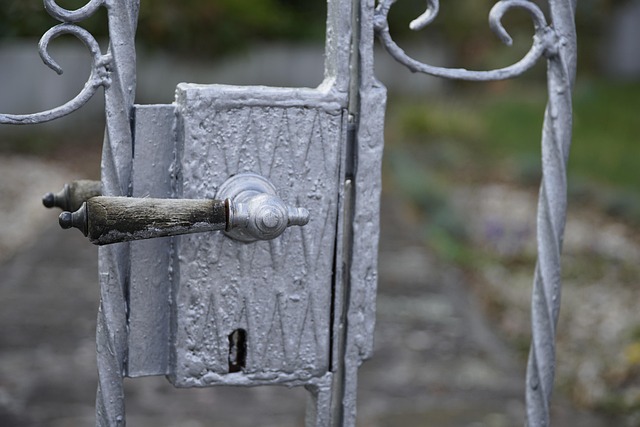
In recent years, a growing trend in residential design has been the increased integration of custom…….
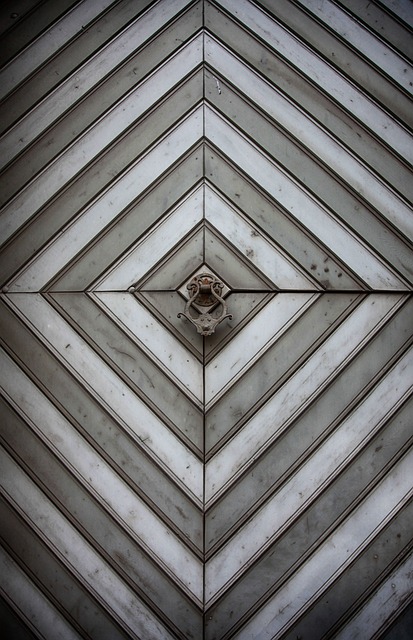
Selecting the right metal for residential metal fabrication projects balances durability, aesthetics…….

Residential metal fabrication is an art that transforms raw materials into stunning and functional p…….

Residential metal fabrication is revolutionizing home design with its ability to create unique, dura…….
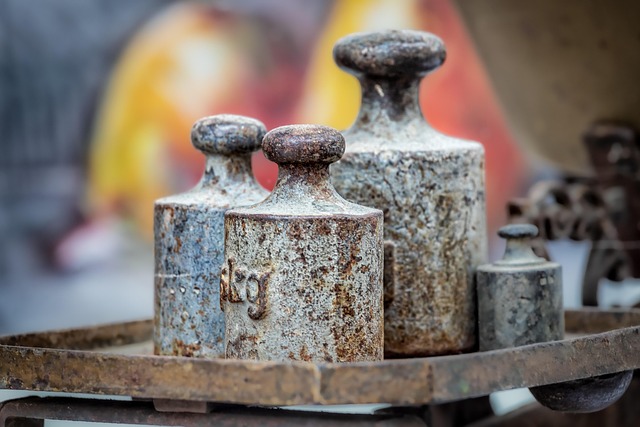
Residential metal fabrication is a growing trend in home improvement, offering homeowners the chance…….
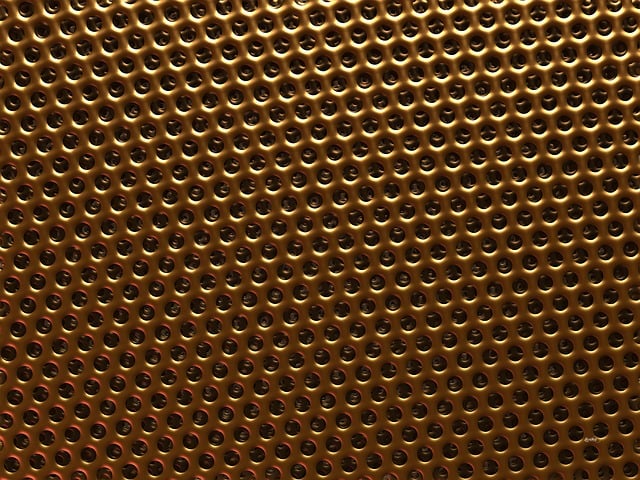
Residential metal fabrication offers a unique way to transform homes with stunning, durable, and cus…….
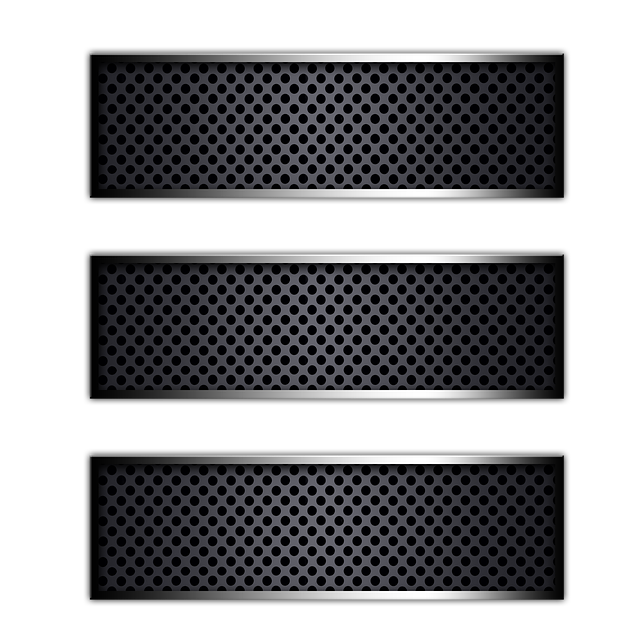
Residential metal fabrication offers homeowners a unique way to transform their spaces with custom m…….

Residential metal fabrication is an art that transforms homes with custom metalwork, blending tradit…….